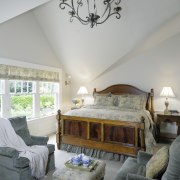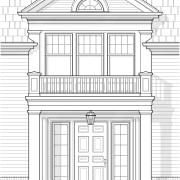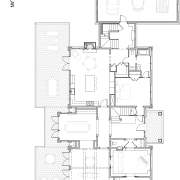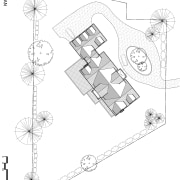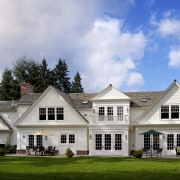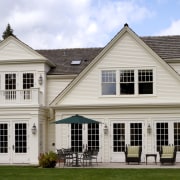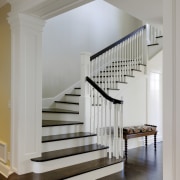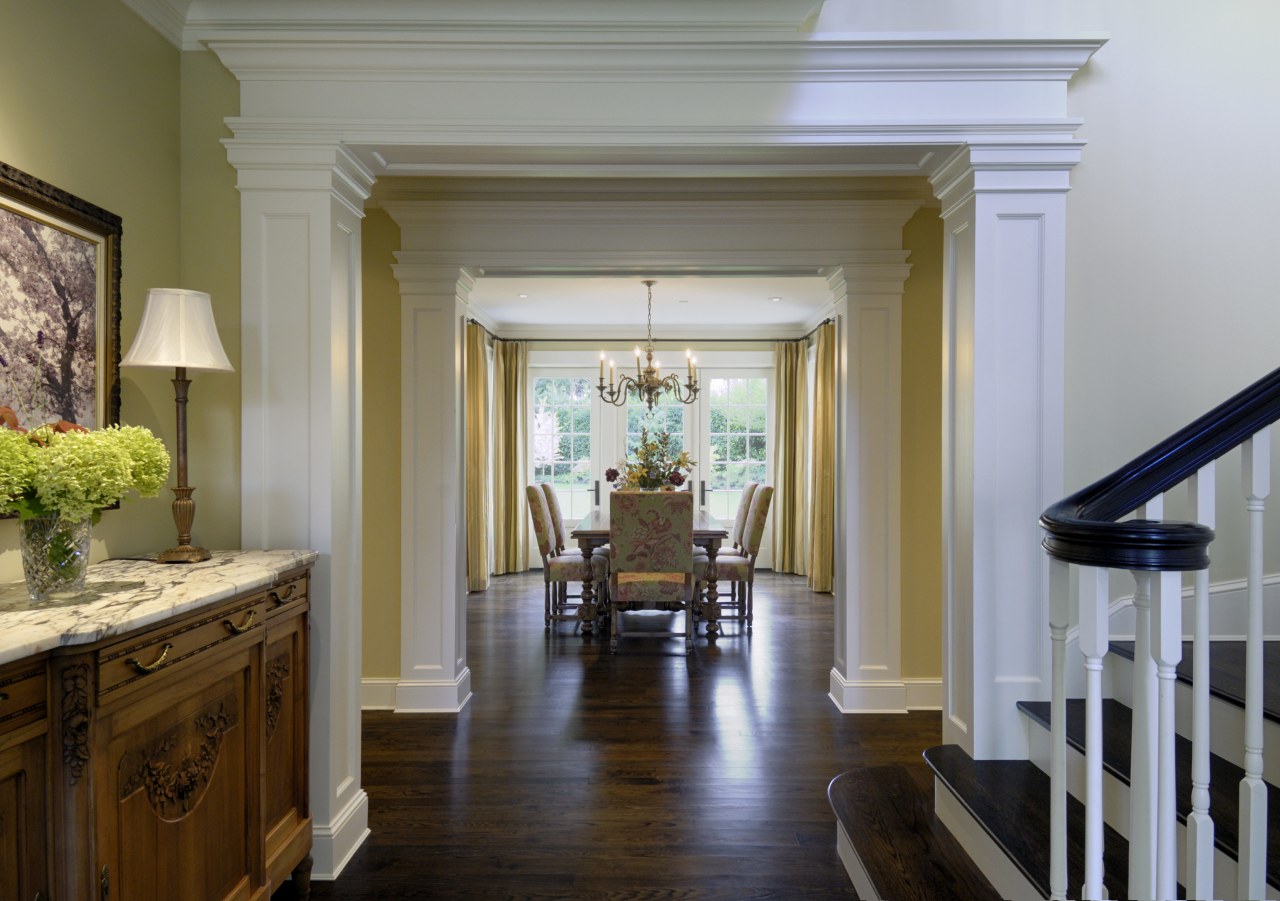For years to come
While the design of this house has its roots in Classical Revival architecture, its Federal farmhouse character is pure West Coast America
Many architectural styles evolve over centuries, as each generation and region adapts a design to suit specific needs.
The house on these pages can trace its design origins back to Europe, then to the Atlantic Seaboard, and through the Midwest to the West Coast each transition changing and adapting the American Classical Revival architecture.
Architects Anne Adams and Stuart Silk of Stuart Silk Architects say the style has evolved into what they call a Federal farmhouse look.
"While simplified from the original European architecture, the design is still notable for its substantial and well-crafted detailing," says Silk. "The symmetry of the gables, the robust square columns and pilasters, and the detailing of the eaves and cornices are all representative of American domestic architecture of the 19th century."
The owners, David and Tricia Burnett, say they wanted a family home that would look as though it had been in the family for several generations and would continue to be lived in for several more.
"We had been looking for a house to restore, but couldn't find a property of the right era," says Tricia Burnett. "We were greatly influenced by the plantation homes of the South, and the Federal-style houses in Washington, DC. But at the same time, we wanted a home that would be comfortable for the whole family."
Adams says the house is essentially two volumes one accommodating the twin gables and central entry portico, the other an L-shaped building housing the garaging with a playroom above.
Long-lasting building materials were chosen with sustainability in mind the roof features heavy-duty cedar shingles, and the cladding is also cedar.
"The key design challenge was a 6-metre height limit prescribed by the local zoning code," says Adams. "To be able to fit all the bedrooms, we provided dormer spaces effectively the house is one-and-a-half storeys."
The single-storey entry portico provides a residential scale to the building.
"We didn't want the entry to be too imposing," says Silk.
A degree of formality did determine the interior organisation, however. The central axis is reinforced by square columns and pilasters that echo the design of the entry. These wide openings lead through to the living room, which in turn opens through French doors to the south-facing garden.
"This is very much a family space," says Tricia Burnett. "We didn't want a formal living and dining room that would be used only occasionally."
The kitchen and living room are positioned at each end of the south facade, with the dining room in the centre, where it forms part of the central axis. The living room is characterised by painted beams that impart a sense of permanence and solidity. They also help create a more intimate, comfortable living space.
Similarly, a large fireplace, which features brickwork similar to that of the exterior, enhances the cosy ambience.
In keeping with Federal farmhouse tradition, all the woodwork is painted. Silk says mouldings, casings, windows and stair railings are also consistent with the era. However, the white oak floorboards have been stained and will provide their own patina over time. The floorboards are laid in random widths, which helps reinforce the aged look.
A separate parlour at the front of the house with a baby grand piano can be used as a second living area. The parlour also provides separation for the home office, which is positioned beyond.
Built-in shelving lines the walls of the parlour, accommodating the owners' book collection and providing an intimate sitting room.
The house also has a guest suite, with a hidden entrance behind a panelled door under the main staircase.
The master suite, tucked beneath one of the gables, is designed as a parents' retreat. In addition to a large bathroom with banquette seating, the suite has its own seating area and an open fireplace providing a welcome ambience.
Story by: Colleen Hawkes
Home kitchen bathroom commercial design
Reflection and repose
9 tile shapes and finishes that think outside the square
White cloud, blue sky

